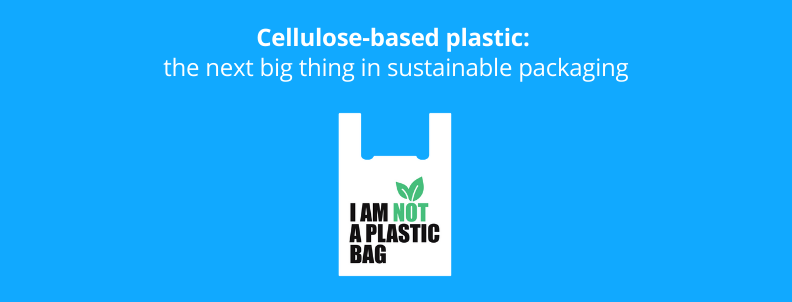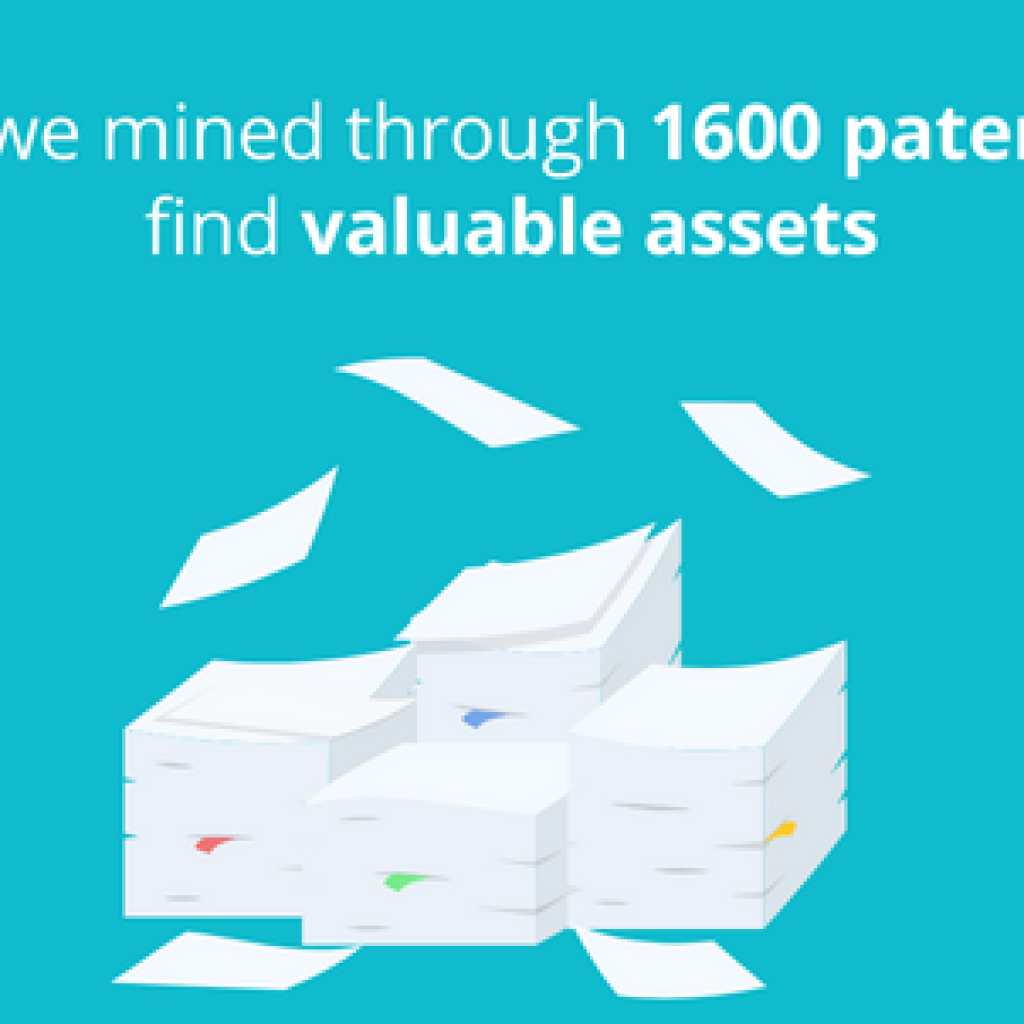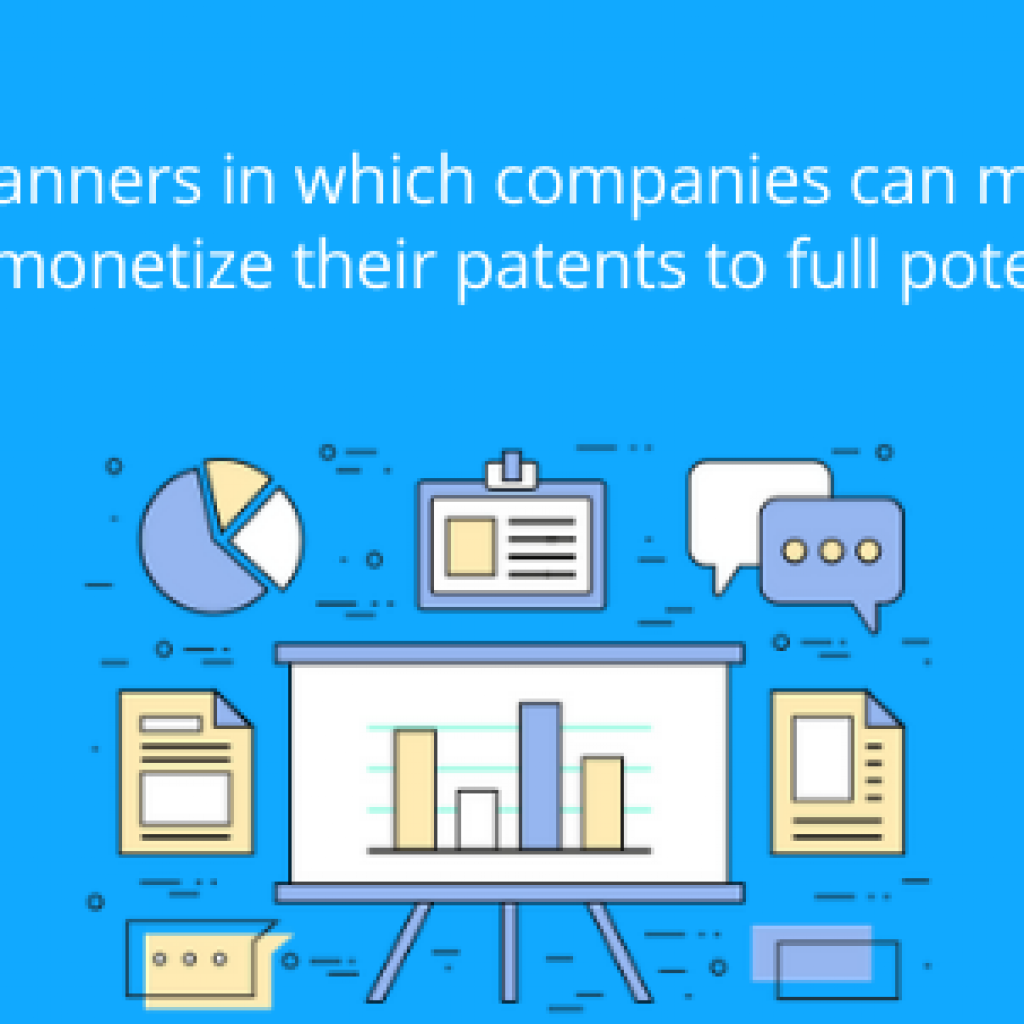Did you know that cellulose is the best raw material to eliminate plastic? It is the most abundant naturally occurring resource on Earth, with more than 180 billion tons produced yearly. As a lot of industries are moving towards a greener future, cellulose-based plastic is becoming popular. It not only meets the economic and functional needs but is also viable for businesses’ long-term goals.
Interested in knowing what Packaging trends will dominate 2024? Download our Packaging Industry Trends 2024 report by filling out the form below:
What is Cellulose?
Cellulose is a naturally occurring insoluble and organic compound. Most of the cellulose on Earth comes from plant life, as it is an important component in stem walls. It plays a major role in their stiffness (a feature that makes it ideal to be used as a substitute for plastics in many cases). Cotton and wood pulp are also a major source of cellulose that is widely used in many industries. The most common use of cellulose is the manufacturing of paper and paperboard. Apart from that, cellulose has become the choice of raw material for many products. One great example is bioplastics or cellulose-based plastic. Cellulose-based plastic is basically a type of plastic – also called cellulose acetate – produced either by cotton linters or wood pulp. Since this plastic is manufactured from biodegradable raw material, it’s safe for the environment and can be reused, recycled, and renewed. Even during the production of bioplastics, the residue barks of the trees can be separated, which could be used to generate energy for any other usage. Now onto our next biggest question.
Why is cellulose-based plastic the next big thing in Sustainable Packaging?
Research in cellulose-based packaging is growing, and many industries are looking into utilizing cellulose-based packaging material for their products instead of traditional plastic. Here are a few reasons why:
- Plastic packaging is very harmful to the environment because it is non-biodegradable. On the other hand, cellulose-based packaging is biodegradable and renewable.
- The manufacturing cost of bioplastic is lower when compared to plastic.
- Plastic processing accounts for as much as 4% of the total oil consumption in the world, which contributes to oil scarcity and is not good for the environment either.
- Bioplastics are easier to make clear and transparent when compared to plastics.
- Bioplastics constructed from cellulose hydrogel have high specific strength (148 MPa) and modulus (2.3 GPa), which is superior to most common plastic and can be used for thermal management.
These were a few of the biggest benefits of cellulose-based packaging products over normal plastic packaging. We also tried to analyze some of these industries and how they are using cellulose to improve their products and go greener.
Which Industries are using Cellulose in their Packaging Products?
Although our research revealed dozens of industries benefiting from cellulose, we have tried to keep our list short and focused on major ones, such as-.
- Cannabis packaging
- Pharmaceutical companies
- Corrugated packaging
- Electronic devices packaging
- Beverages packaging
Cannabis Packaging
Now that many countries have started to legalize Cannabis (Marijuana), this industry is expected to grow exponentially as lots of products are coming to the market. Keeping the medicinal and recreational use aside, the cellulose obtained from the cannabis plant (hemp cellulose) has found its application in other areas. A lot of companies manufacturing marijuana products for recreational use are using hemp as a raw material for their product packaging. Hemp Packaging, for example, uses hemp cellulose mixed with corn to create a “doob tube,” which is being used as an alternative to paper and plastic boxes for marijuana products. Similarly, Sun Grown Packaging is a company that manufactures hemp cellulose-based packaging boxes for cannabis companies. Boxes produced by the (SGP) don’t contain plastic as approved by Oregon Liquor Control Commission (which regulates the cannabis industry in Oregon). During our research, we also noticed a rapidly increasing patent activity in the entire cannabis industry. Since countries are slowly opening the legal barriers for cannabis, this sudden rise is unsurprising. The interesting part is which companies are fueling this research and what kind of things they are working on. We have covered everything about that in our separate technology analysis of the cannabis industry. You can read the report here: Cannabis research.
Pharmaceutical Packaging
Until the concerns about its environmental impact, Plastic packaging was widely used in medicine and healthcare. However, pharmaceutical companies have shifted towards biodegradable plastics to become more eco-friendly. Cellulose derivatives such as Bioadhesive polymers which are made up of cellulose ether, are becoming the choice of material here. These polymers are used for drug coating as they can adhere to biological membranes after combining with moisture or mucus compounds. Solid dosage forms, such as tablets, pellets, and pills, are coated for the protection of sensitive drugs, oxygen, etc. These polymers can increase the viscosity of a non-aqueous pharmaceutical solution like organic-based coating solutions. Hundreds of patents are filed for bioadhesive polymers in different forms.
Corrugated Packaging
Corrugated packaging is used in almost every industry, mainly for storage and transportation. Its popularity is increasing globally because of its lower cost as well as its eco-friendly nature. In 2016, as per the International Corrugated Case Association (ICCA), over 240 billion square meters of corrugated boards were produced. For instance, International Paper Co. uses cellulose fibers in their corrugated packaging, which is further used for packaging textiles, construction materials, paints and coatings, and other non-durable goods.
Electronic Packaging
Printed electronics are used widely in industries. We can replace the plastic in printed electronics with Cellulose fibrils and make them more sustainable. Cellulose fibrils can give desired mechanical properties and are renewable and recyclable. It can bring rheological property and stability. Cellulose is a good candidate even for the inks used in printed electronics. Metal-based ink (silver and copper) is being used for printed electronics. Silver nanoparticle ink is rather expensive, has a problem in sintering and maintaining film fragility, and is not transparent. So, cellulose nanocrystals can improve ink stability and make transparent films. CNC material can be used to improve the ink, as explained by Ph.D. student Fanny Hoeng at Grenoble INP-Pagora.
Food and Beverages Packaging
All the companies are taking huge steps to make their packaging 100% sustainable. They include companies creating PFA-free packaging and companies like PepsiCo and Nestle partnering with other companies to make their packaging eco-friendly. Even coca cola manufactured more than 40 billion plant bottle packages, reaching 40 countries. The same is the case for food packaging. All big food outlets such as McDonald’s, Burger King, and KFC are shifting towards green packaging. So, you can just imagine how much competition there is, as they all use patented technologies. All these packagings are more or less produced from natural plastic, and one of the major sources is cellulose acetate. Cellulose film packaging also maintains the aroma of the food product.
Major challenges of Cellulose and how companies are solving it
One major challenge cellulose-based products face is that Cellulose Nanofibers are very sensitive to moisture and tend to lose the gas barrier properties. Cellulose insulation absorbs moisture easily, which not only reduces long-term efficiency but can cause the insulation to mold and rot. Both dry and wet cellulose need a vapor barrier. Because of these issues, many companies have restricted themselves from using cellulose. However, the good news is that multiple startups and researchers are working to solve this problem, and a couple of companies have even come up with solutions. Let’s have a look at some of the most common solutions that we found during our research:
Tetra Laval
Tetra Laval is researching Cellulose Nanofiber packaging film with a gas barrier layer coated on at least one side to improve the gas barrier properties. Patent No.: US20180319143A1
Toppan
Toppan is developing a freshness-retaining cellulose-based packaging sheet with fine silver particles immobilized on Nano-fiber’s surface, improving moisture responsiveness. Patent No.: JP2018024471A Our analysis found that many companies actively participate in the research to make cellulose a more mainstream raw material for the sustainable packaging industry. As it is solving a major problem of moisture. So, above are the patented solutions for this problem, and we have several other patented solutions which were encountered during our research.
What kind of Strategies are Companies using to shift to maintain their edge in this domain?
As the cellulose industry is expanding, it was obvious to see companies merging or collaborating with each other to maintain their edge in the market. The interesting part of the insights was analyzing what kind of collaboration is actually taking place. Which companies are collaborating with whom? Which companies are getting acquired, and who is acquiring them? What kind of products are they working on together? We have tried to answer these questions too. For the surface insights, here are a few of the names that popped up during our research:
Klabin acquires Melodea
Klabin, a Brazilian pulp packaging paper producer, acquired Melodea, a pioneer in the technology for extracting cellulose nanocrystalline, to use cellulose nanocrystalline applications in stronger packaging. This material ensures greater resistance to air, water, vapors, oil, etc. The investment of $2.5 million will strengthen Klabin’s efforts in the areas of Research, Development & Innovation, and has a goal to use cellulose nanocrystalline applications to make stronger paper and packaging, 100% recyclable that can leverage new business opportunities for forestry products.
International Paper acquires Weyerhaeuser.
In 2016, International Paper acquired Weyerhaeuser’s Cellulose Fiber Division to build up its position in the global pulp market. The $2.2 billion deal is said to strengthen the position of International Paper in the global fluff pulp market.
Futamura’s Partnership and Acquisition
In 2018, Futamura partnered with Bio4Pack to create a compostable pack using NatureFlex and Tipa Film. Nature Flex is made up of Cellulose and provides a barrier to moisture. They are made from renewable and responsibly sourced wood pulp and are independently certified industrial compostable. Also, in 2016, it acquired Innovia’s Cellophane group. Cellophane is made up of cellulose and offers low permeability to moisture.
BillerudKorsnas Units with Borregaard
In 2016, BillerudKorsnäs aimed to replace plastics or aluminum with renewable fiber-based packaging. For this, it united with Borregaard to get a supply of micro fibrillated Cellulose. Borregaard has used more than 10 years to develop the Exilva MFC technology and is the first company in the world to commercialize MFC through its new 1000-ton plant, which started in Q3 this year.
BASF Collaborates with Zelfo
In 2013, BASF signed an agreement to transfer the IP rights of the Zelfo processing technology to produce microfibrillated cellulose. The technology is based on the engineering of microfibrillated cellulose, which is used to produce a wide variety of paper, board, and tissue products. This technology allows strength and weight reduction improvement to address the need for lighter, stronger paper-based packaging.
Roquette acquires a majority stake in Crest Cellulose
In December 2018, Roquette, a global leader in plant-based ingredients for Food, Nutrition, and Health markets, completed the acquisition of Crest Cellulose from Pravesha Industries, a major Pharma packaging company in India. This acquisition will help Roquette strengthen the presence of its Food and Nutrient products in India and Asia.
Installed Building Products Announces the Acquisition of Advanced Fiber Technology
In October 2018, Installed Building Products, an industry-leading installer of insulation and building products, announced the acquisition of (AFT) Advanced Fiber Technology, an Ohio-based cellulose fiber manufacturing company. AFT specializes in industrial fibers and asphalt materials. IBP’s this acquisition was a part of their 10 acquisitions in 2018, accounting for $76 million in revenues.
What do these insights tell you?
Shifting to a sustainable future has never been more important for companies as much as it is now. Consumers love eco-friendly products and avoid plastic products when they have an alternative. Major companies already have their projects in the works to ride this tide of change. Companies that are yet to adopt sustainable packaging are also exploring how they can make their products and packaging sustainable. Now, for the million-dollar question. Are you interested in an in-depth tailored analysis that can help you easily make this shift? Let us know! We’re just a message away.











